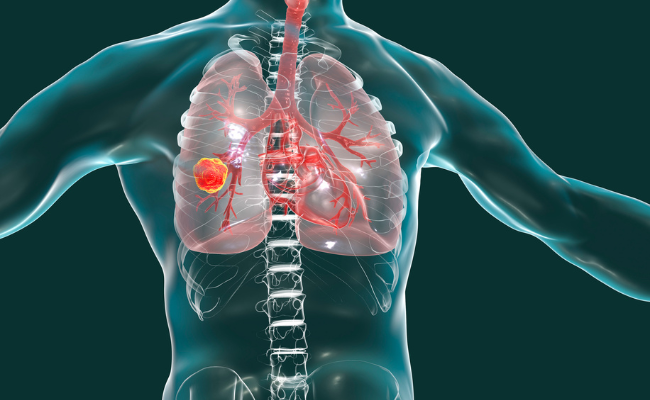How to Treat Lung Scar?
- November 10, 2023
- No Comments

What is Lung Scar?
Lung scarring, also known as pulmonary fibrosis, is a condition characterized by the thickening and stiffening of lung tissues. This scarring is often a result of prolonged inflammation and damage to the lung cells, leading to the formation of fibrous tissue. As the scarring progresses, the lungs lose their elasticity, making it difficult for them to expand and contract properly. This, in turn, hampers the ability to breathe efficiently.
Why Does Lung Scar Occur?
Several factors can contribute to the development of lung scarring. Chronic lung diseases such as idiopathic pulmonary fibrosis, sarcoidosis, and certain autoimmune disorders can trigger inflammation in the lungs, setting the stage for scarring. Environmental factors like exposure to pollutants, toxins, and occupational hazards can also play a role. In some cases, lung scarring may be a consequence of infections, radiation therapy, or certain medications.
How Does Lung Scar Affect the Body?
The scarring of lung tissue has a profound impact on respiratory function. Healthy lungs are flexible and can easily expand and contract with each breath, allowing for an efficient exchange of oxygen and carbon dioxide. However, when scar tissue replaces normal lung tissue, the lungs become less elastic and lose their ability to function optimally.
This can result in symptoms such as shortness of breath, persistent cough, fatigue, and decreased exercise tolerance. As the scarring progresses, these symptoms can worsen, significantly affecting the individual's quality of life. In severe cases, pulmonary fibrosis can lead to respiratory failure, making it a serious and potentially life-threatening condition.
Treatment Solutions for Lung Scar:
While there is currently no cure for pulmonary fibrosis, various treatment options aim to manage symptoms, slow down the progression of the disease, and improve the patient's overall well-being. Here are some key treatment solutions for lung scar:
- Corticosteroids: These anti-inflammatory drugs may be prescribed to reduce inflammation in the lungs and alleviate symptoms.
- Immunosuppressants: In cases where the immune system is contributing to lung damage, medications that suppress immune activity may be recommended.
- Oxygen Therapy: Supplemental oxygen can be provided to ensure that the body receives an adequate supply of oxygen, especially during physical activity or while sleeping.
- Pulmonary Rehabilitation: A structured program that combines exercise, breathing exercises, and education to improve lung function and enhance overall physical endurance.
- Lung Transplant: For individuals with severe and progressive lung scarring, a lung transplant may be considered as a last resort when other treatment options have been exhausted.
- Anti-fibrotic Medications: Newer medications, such as pirfenidone and nintedanib, have been developed to specifically target the fibrotic process and slow down its progression.
- Supportive Care: Palliative care and symptom management strategies to enhance the patient's quality of life and provide emotional support.
Benefits of Lung Scar Treatment:
- Improved Quality of Life: By managing symptoms and slowing down the progression of lung scarring, treatment can significantly enhance the patient's overall quality of life.
- Enhanced Breathing Function: Certain medications and therapies aim to improve lung function, allowing individuals to breathe more easily and engage in daily activities with greater comfort.
- Increased Exercise Tolerance: Pulmonary rehabilitation programs help individuals build endurance and improve their ability to engage in physical activity without experiencing excessive fatigue.
- Prolonged Survival: While the severity of lung scarring varies among individuals, early intervention and appropriate treatment can potentially extend survival and slow down the decline in lung function.
- Prevention of Complications: Timely treatment can help prevent or manage complications associated with pulmonary fibrosis, such as respiratory infections and respiratory failure.
Comments (0)